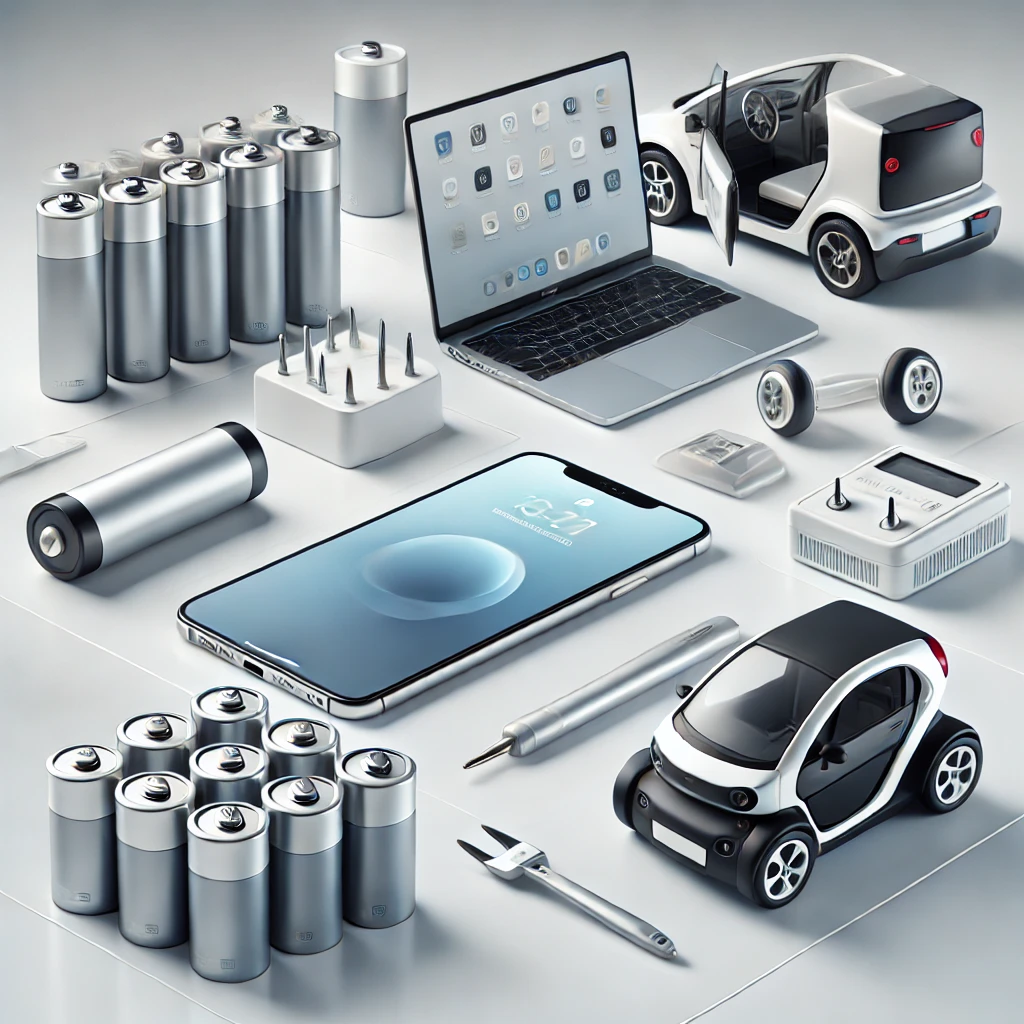
Lithium batteries are everywhere today—powering everything from smartphones and laptops to electric cars and household tools. These powerhouses are efficient, long-lasting, and compact, but they do require proper care to keep you safe and ensure they perform at their best.
Whether you’re using a lithium-ion or lithium-polymer battery, understanding how to handle and maintain them is crucial. This guide will walk you through everything you need to know, from safety tips to extending battery life.
Why Lithium Battery Safety Matters
Lithium batteries are generally safe when used correctly, but misuse or damage can cause serious issues, including overheating, fires, and even explosions. While these incidents are rare, they’re almost always preventable.
Here’s why safety is non-negotiable:
- Lithium reacts to heat: When exposed to high temperatures, these batteries can become unstable.
- Short circuits can be dangerous: Physical damage can create internal shorts, leading to overheating.
- Poor handling shortens lifespan: Mishandling batteries causes them to degrade faster, costing you time and money.
The good news? A little knowledge and care go a long way.

Top Safety Tips for Using Lithium Batteries
To keep yourself, your devices, and your environment safe, follow these key safety precautions:
- Use Approved Chargers Only
- Always use the charger that comes with your device or one certified by the manufacturer.
- Cheap, low-quality chargers can overheat batteries or cause overcharging.
- Avoid Extreme Temperatures
- Don’t charge or store batteries in excessively hot or cold environments.
- Optimal temperature: Between 50°F and 77°F (10°C to 25°C).
- Inspect Your Batteries Regularly
- Check for swelling, leaks, or cracks. If you spot any damage, stop using the battery immediately.
- Swollen batteries are dangerous and must be replaced.
- Don’t Overcharge or Deep-Drain
- Overcharging puts stress on the battery. Most modern devices stop charging at 100%, but it’s best to unplug once fully charged.
- Avoid letting the battery drop below 20%. Consistently deep-draining shortens battery lifespan.
- Store Batteries Properly
- When storing devices for long periods, keep the battery at around 50% charge.
- Store in a cool, dry place away from direct sunlight.
- Handle with Care
- Avoid dropping, crushing, or piercing the battery.
- Damaged batteries are hazardous and should be disposed of safely.
How to Extend Lithium Battery Life
You want the most out of your batteries, right? Proper maintenance can significantly extend their lifespan and keep them running efficiently for years.
Follow the 20-80 Rule
The “20-80 Rule” is simple: keep your battery charge between 20% and 80% as much as possible. This reduces stress on the battery, leading to a longer life.
Avoid Full Discharges
Fully discharging your lithium battery frequently causes wear and tear. Instead:
- Charge your device when it hits 20-30%.
- Unplug once it reaches 80-90% for maximum efficiency.
Keep It Cool
Heat is the number-one enemy of lithium batteries. Here’s how to combat it:
- Remove devices from direct sunlight.
- Avoid charging or using devices under blankets or cushions where heat can build up.
- If your device heats up during use, give it a rest to cool down.
Update Your Device
Software updates often include battery optimization features. Keep your device up-to-date to maximize energy efficiency.
Avoid Cheap Replacement Batteries
It might be tempting to save a few bucks with a knockoff battery, but it’s not worth the risk. Only purchase replacement batteries from reputable manufacturers.
Signs It’s Time to Replace Your Battery
Like everything else, lithium batteries have a lifespan. Knowing when to replace them ensures your safety and device performance. Watch for these signs:
- Shortened runtime: If your battery drains quickly, it’s wearing out.
- Excessive heat: Overheating during use or charging is a red flag.
- Physical damage: Swelling, leaks, or deformities mean it’s time for a new battery.
- Unexpected shutdowns: If your device shuts off even with a charge, the battery might be failing.
Don’t take chances with old or damaged batteries—replace them promptly to avoid potential hazards.
How to Dispose of Lithium Batteries Safely

Lithium batteries cannot be thrown in the trash or regular recycling bins because they’re flammable and can cause fires.
Here’s how to dispose of them responsibly:
- Take them to a recycling center: Many stores and organizations offer battery recycling services.
- Use designated collection programs: Check with your local waste management for proper disposal options.
- Store safely before disposal: Place batteries in a fireproof container until you can recycle them.
Never burn or incinerate lithium batteries—this can release toxic chemicals.
Taking care of your lithium batteries isn’t just about saving money—it’s about safety and efficiency, too. By following these simple tips, you’ll protect yourself, your devices, and the environment.
Remember:
- Use the right chargers.
- Keep your batteries cool.
- Follow the 20-80 rule.
- Replace damaged batteries immediately.
When you treat your lithium batteries well, they’ll reward you with long-lasting, reliable performance. A little effort goes a long way to keep the power flowing safely and efficiently!










